In 2007, the government of Swaziland, Unicef, and the US Centres for Disease Control and Prevention collaborated on a study focused on sexual violence against girls.
The study was partly motivated by the need to understand why 15– to 18-year-old girls in Swaziland had the highest rates of HIV infection among their age group in the world. The findings uncovered a serious problem: 38% of girls in Swaziland had experienced sexual violence before turning 18.
This data triggered African governments into action. Policymakers from various sectors joined with leaders from civil society organisations to find how to collaborate by coordinating their specific programmes and expertise to end the violence.
Since then, here are six examples of how four countries in sub-Saharan Africa have crafted a targeted response to address the unique findings from their surveys:
1. Mobile technology is being used to enable children to get help and report violence and rape.
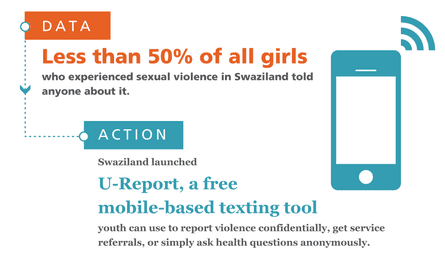
2. Innovative community-led approaches are raising awareness of the potential long-term problems of violent discipline and alternative approaches to stop physical abuse by parents.
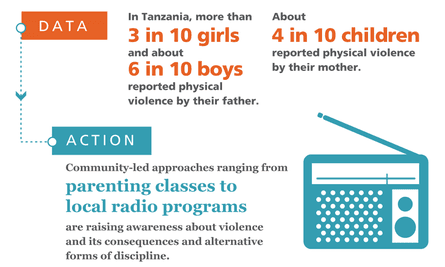
3. Police are specially trained to work with women and children who report violence and are setting up child-friendly spaces to help children feel safer to report violence by family members and neighbours.
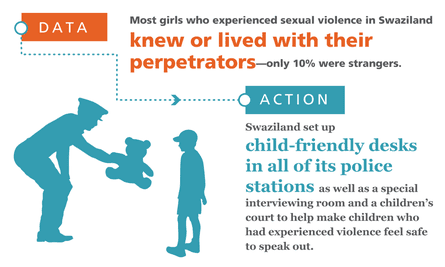
4. One-stop centres make it easier for women and children to receive comprehensive post-rape care, including treatment to prevent HIV, by simplifying the process to avoid further traumatising them.

5. Adolescent-centred programmes empower girls through safe spaces and help to build their knowledge and skills in areas ranging from financial literacy to sexual and reproductive health.
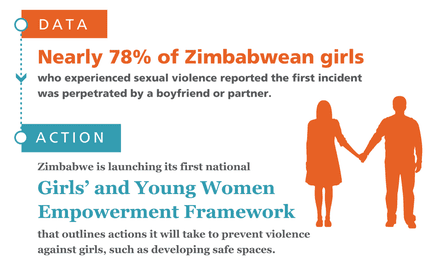
6. Teachers and school administrators are engaged in making schools safer, recognising that corporal punishment, bullying and even in some cases exchanging sex for grades, are a problem in many schools.

A global movement is underway. In May 2014, 20 countries came together for a landmark event in Swaziland, where everything first began.
Using data as the foundation, countries are just beginning their journey. The message is also becoming clearer: violence is not inevitable – a safe and healthy world for girls and boys can be our future.
Sandie Taylor is the director of communications and operations at Together for Girls. Follow @together4girls on Twitter.
Read more stories like this:
- I’m a man running a girls’ rights campaign. So what?
- Not just a girls’ problem: the economic impact of menstrual shame
- From barrier to enabler: how politics can help girls live up to their potential
Join our community of development professionals and humanitarians. Follow @GuardianGDP on Twitter.
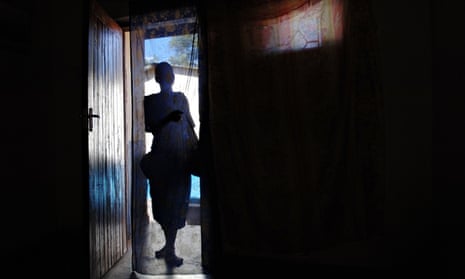
Comments (…)
Sign in or create your Guardian account to join the discussion